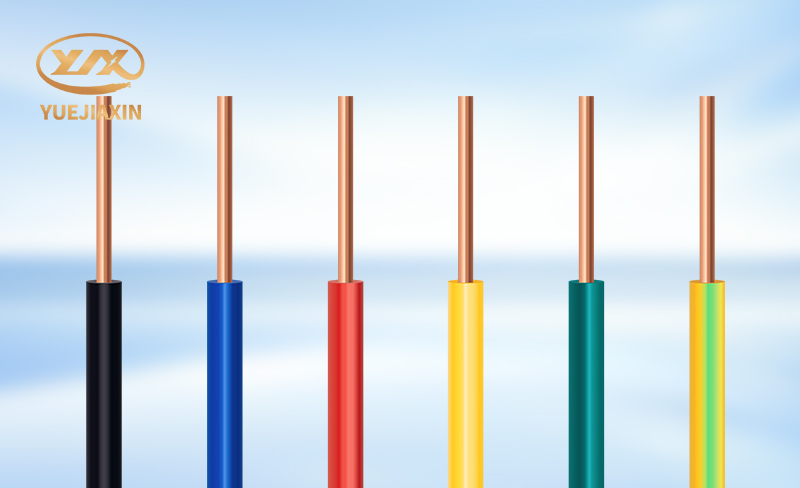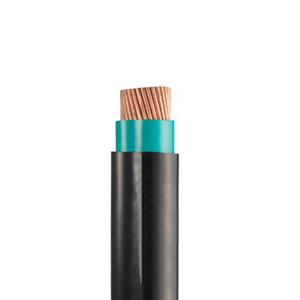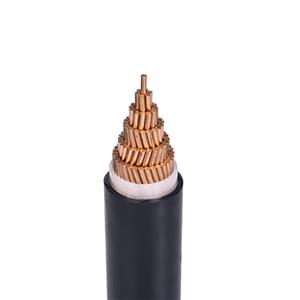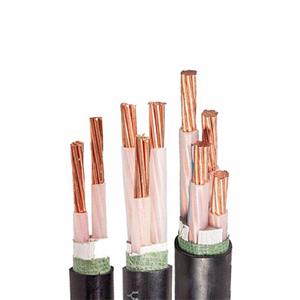Multi-core flexible cable vs. single-core rigid cable: How should consumers choose?
Many people are confused about choosing between multi-core flexible cables and single-core solid wires when decorating their homes. Let's first understand the differences between them.
A single-core solid wire generally consists of a single, relatively thick copper conductor encased in insulation. It's relatively rigid, like a steel bar. For example, the common household BV wire is a typical single-core solid wire. Looking at its cross-section, it's clear that there's only one thick conductor. Multi-core flexible cables, on the other hand, consist of multiple thin copper conductors twisted together, like a tightly wound bundle of thin rope, also encased in insulation. For example, BVR wire is a type of multi-core flexible wire. Its cross-section shows a starry pattern, with numerous fine copper wires closely arranged.

The difference in flexibility is even more pronounced. Single-core solid wire, with only one thick conductor, has poor flexibility and is difficult to bend. Repeated forced bending can damage the insulation layer or even break the conductor, affecting safety. Multi-core flexible cable, on the other hand, is highly flexible due to its structure of multiple stranded fine copper wires, easily bending into various shapes to adapt to complex wiring environments. In terms of conductivity, single-core solid wire has a slight edge over other wires of the same cross-sectional area. This is because single-core solid wire has only one conductor, eliminating the tiny gaps between copper wires, resulting in a more direct current transmission path and relatively lower resistance. However, in everyday household electrical scenarios, this difference in conductivity is almost negligible. Only in special industrial environments with extremely high current transmission requirements, extremely long lines, or extremely heavy loads does this subtle difference become important. For ordinary household lighting, sockets, and other electrical equipment, both single-core solid wire and multi-core flexible cable are perfectly adequate. In terms of durability, single-core solid wire and multi-core flexible cable each have their own advantages. Single-core solid wires, with only one copper conductor, have relatively strong oxidation resistance. Even slight surface oxidation during long-term use won't significantly affect overall conductivity and lifespan, resulting in a typically longer lifespan. Multi-core flexible cables, on the other hand, consist of multiple strands of fine copper wire. Improper handling at the joints, such as insufficient compression or inadequate insulation sealing, allows air and moisture to enter, leading to copper wire oxidation. Over time, some copper wires may break, affecting the overall conductivity and durability of the cable. Multi-core flexible cables have a unique advantage in interference resistance. Their multi-strand conductor structure acts as a natural electromagnetic interference canceller.

In terms of ease of installation, single-core solid wire and multi-core flexible cable each perform differently. Single-core solid wire, due to its rigidity, may present some challenges during installation. Multi-core flexible cable, on the other hand, has a clear advantage in ease of installation.
Both multi-core flexible cable and single-core solid wire have their merits. When choosing, we need to comprehensively consider factors such as actual needs, budget, and installation difficulty. For fixed wiring, long-term stability, and limited budget, single-core solid wire is a good choice; for frequent bending, sensitivity to electromagnetic interference, or temporary power supply scenarios, multi-core flexible cable is more advantageous. When purchasing wires, always choose products from reputable channels and well-known brands to ensure that the quality meets national standards.




